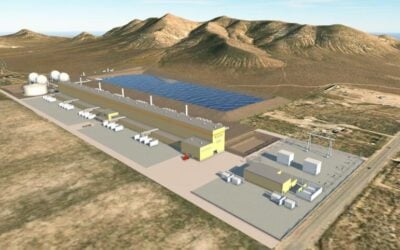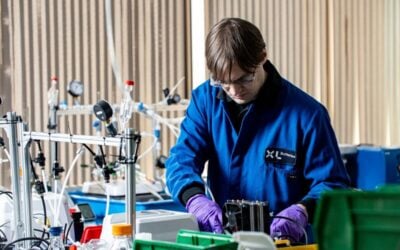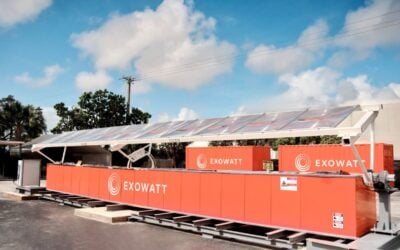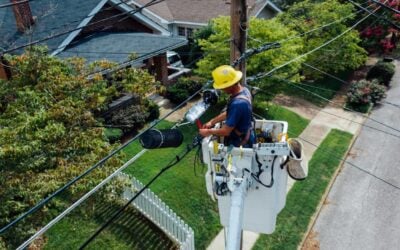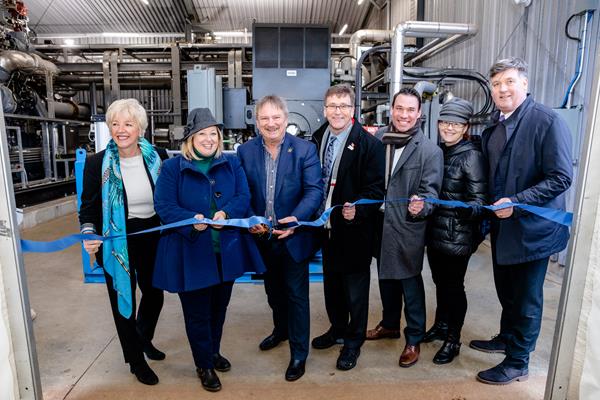
Advanced compressed air energy storage (A-CAES) company Hydrostor has made its second application to license a gigawatt-hour scale project as a power plant with the California Energy Commission (CEC).
The Canada-headquartered company has filed an Application for Certification (AfC) to the CEC for the development of its proposed 500MW / 4,000MWh A-CAES plant in Kern County, California. Only a few days ago Hydrostor had made a similar filing for another, the Pecho Energy Storage Center 400MW / 3,200MWh project in San Luis Obispo County.
Hydrostor has developed a proprietary A-CAES technology solution and built a commercial demonstration project in Ontario. The company has previously said that it had modelled the potential for California to host 15GWh of A-CAES plants, which store energy in compressed air in underground salt caverns.
The project in Kern County, Gem Energy Storage Center, could achieve a commercial operation date in 2026, Hydrostor claimed. Gem Energy Storage Center would require around US$975 million capital investment, providing up to 700 employment opportunities during construction and up to 40 full-time jobs once in operation.
Try Premium for just $1
- Full premium access for the first month at only $1
- Converts to an annual rate after 30 days unless cancelled
- Cancel anytime during the trial period
Premium Benefits
- Expert industry analysis and interviews
- Digital access to PV Tech Power journal
- Exclusive event discounts
Or get the full Premium subscription right away
Or continue reading this article for free
It would connect to the CAISO transmission system via the existing Whirlwind Substation near the City of Rosamund, enhancing utilisation of renewable energy resources in the area.
“Today’s filing marks the second of many important milestones in the implementation of Hydrostor’s commitment to helping California meet its recognised long-duration energy storage needs,” Hydrostor CEO Curtis VanWalleghem said.
“Our A-CAES facilities are designed to operate safely and efficiently for over 50 years with zero degradation.”
California looks set to be one of the first parts of the world to host multiple large-scale, long-duration energy storage projects (defined as technologies with eight hours storage and discharge capability or more).
A 1,000MW solicitation is planned by grid and wholesale power market operator CAISO, while last week Energy-Storage.news reported that Central Coast Community Energy (CCCE), an energy supplier, is going ahead with three vanadium redox flow battery (VRFB) projects totalling 226MWh.

